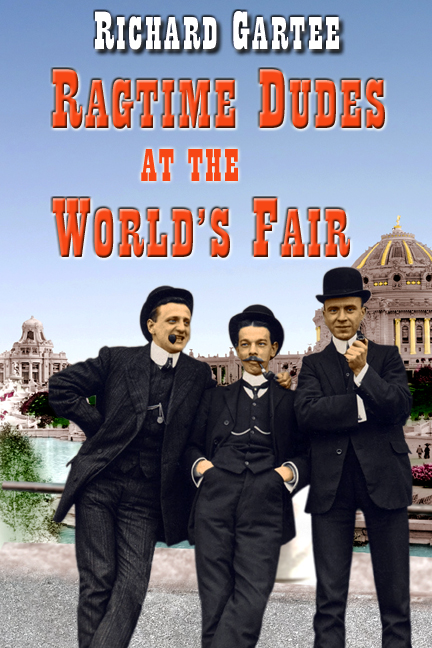


Can't attend an event in person? Order a signed paperback delivered by mail anywhere in the US.
All three books in the series are now also available as audio books.
Ragtime Dudes in a Thin Place Winner for Fiction Humor
“An absolutely creative work. Well-written and entertaining. This work
deserves high praise.” —Judge’s comments
Ragtime Dudes Meet a Paris Flapper Winner for Historical Fiction
“This is a remarkable historical novel... The story is riveting. The
language is absolutely delightfully reminiscent of the flapper era.
Everything these people say and think is worth the reader's attention. I
did not want to stop reading.” —Judge’s comments
Meet the Ragtime Dudes—Bryce, Julius, and Mo—three New York dandies with a zest for life. Ragtime is their music, free love is their creed, and the St. Louis World’s Fair beckons.
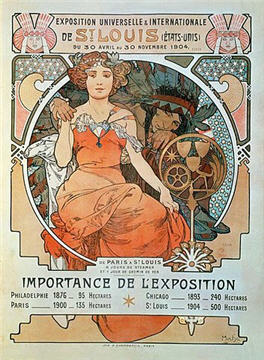
Mo is an artist, Bryce plays ragtime piano, and science fascinates Julius. The new century is bursting with whizz-bang marvels—the Gramophone, Marconi’s wireless, Edison’s electric lights, automobiles—and the Wright brothers’ first flight. But the must-see event of 1904 is the Louisiana Purchase Exposition, popularly known as the St. Louis World’s Fair.
Besides the Fair, St. Louis is home to Ragtime composer, Scott Joplin, whom Bryce hopes to meet. Ragtime has become the national craze, although the St. Louis Dispatch criticized it as “a veritable call of the wild which mightily stirred the pulses of city-bred people,” a sentiment echoed by Bryce’s mother.
The three friends are busy making plans to attend the Fair when a newspaper photo of them dallying with a Brooklyn colleen sets Bird and Finn, a pair of Irish boxers on their trail. The girl’s parents tasked Bird with finding the dandies and bringing one of them to the altar. Bird, punch-drunk from years in the ring, relies on Finn to do the heavy thinking.
Julius and Mo sense the Irishmen closing in and realize the prudent thing to do is hop a train to St. Louis.

Aboard a Pullman sleeper, the dandies meet Lily, Rose, and Violet Jones, women whose morality seems to match the dandies’ own. Quickly, they pair off in couples for a romantic journey. But as the train nears St. Louis, the sisters reveal they are going to the Fair to meet marriageable, titled European aristocrats, and the New Yorkers will only be in their way.
The St. Louis World’s Fair is a diverse exposition of art, science, industry, architecture, and anthropology. Enormous, it is larger than any previous World’s Fair. Twelve hundred acres and fifteen hundred buildings, including twelve colossal neo-classical palaces surrounded by lagoons, fountains and cascades, provide a mind-boggling five million square feet of enclosed space. At night, the Fair dazzles with electric lights. The Fair’s mile-long concession area, the Pike, offers restaurants, belly dancers, and the 264-foot-tall Ferris wheel with carriages the size of Pullman cars.

The New Mexico pavilion features a tribe of Pueblo Indians who live on the fairgrounds. Bryce finds the simplicity of native life a stark contrast to the complications of Park Avenue society. For Julius, wondrous new inventions and demonstrations of electromagnetism in the Palace of Electricity are irresistible. The draw for Mo is the Palace of Arts, exhibiting important artwork from around the world. And the Jones sisters have English lords squiring them around the Fair.
Back in New York, Bird and Finn finally locate Julius and Mo’s abandoned apartment, only to learn the men have gone to St. Louis. Committed to catching them, the boxers head to the Fair.
Over the next two weeks, the dandies keep bumping into the sisters; the sisters keep snubbing them; and the pursuing pugilists are always two steps behind.
One night, while having dinner on the Pike, a European-trained artist tells Mo that Taos, New Mexico, is the ideal place for painters. Pueblo Indians live there, too. That appeals to Bryce. With their Irish problem ever threatening, the idea to open an emporium in far-off Taos seems as brilliant as Edison’s lights. Within days, Mo and Julius entrain for New Mexico to rent a store while Bryce returns to New York to buy goods.
During their trip to Taos, Mo changes his name to Morgan and Julius changes his to Jack.
Meet the newest Dudes in Taos—Jack and Morgan have changed their names from Julius and Mo. It’s the turn of the century and Ragtime is in, Victorians are out, and free love is on the rise.
Jack and Morgan have come to Taos to open an emporium, and are waiting on Bryce, who is in New York City buying inventory. They secure lodging at a boarding house run by a widow who has two provocative daughters, Peaches and Cherry.
Taos seems like the perfect setting. Today, Taos is a renowned artist colony, but this story takes place a decade before the Taos Art Society forms. Taos’ appeal to artists had its genesis in the early 1900s when artists Ernie Blumenschein and Bert Phillips broke a wagon wheel there on their way to Mexico. The two men became enchanted with the light and stayed. Word spread, and fellow artists began visiting Taos.
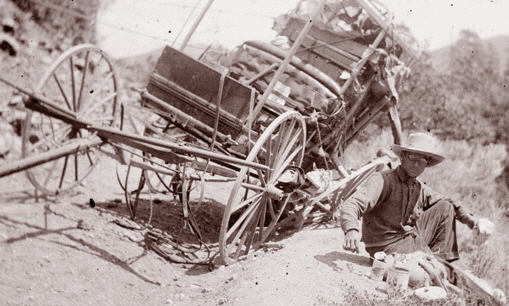
All three of the handsome young New Yorkers love drinking, ragtime music, and freethinking women. Of course, none of them know anything about business, but they have an attitude common to young people in their early twenties that they can do anything, even if they don’t know what they’re doing.
It’s not long before they meet the people of Taos and attract local women ready to test the mores of a new century, among them, the beautiful, wealthy divorcee, Abigail.
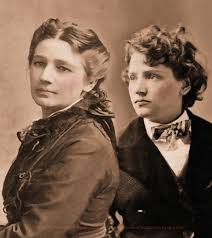
It is a current misconception that free love was an invention of the 1960s, when in fact, two sisters in New York, Victoria Woodhull and Tennessee Claflin advocated free love and equality between sexes a century before the hippies. They gave lectures about it in Carnegie Hall to crowds of six thousand. Jack, Morgan, and Bryce are familiar with Woodhull’s writings on free love and enthusiastic proponents.
However, with too little capital, the men’s venture struggles until Abigail, a leading member of Taos society, begins holding teas at their store for her inner circle. But just as the business starts to thrive, the ladies usurp the tea parties to hire a Protestant pastor and are sent a recently ordained Universalist woman minister from Boston.
She brings into the story the Celtic concept of Thin Places —special places in nature where the Irish believe the distance between heaven and earth is narrowest. The Taos Mountains are famous not only for the artistic quality of light, but some people also claim to hear a mystical hum there. Morgan suggests Taos may have its own Thin Place.

Calamities pile up. The Universalist’s sermons don’t go over well in Catholic Taos, and the ensuing religious conflict hurts the emporium’s business. Meanwhile, the men lose a lucrative Gramophone deal, and while Morgan’s trying to fix that, they get shaken down by a brothel owner. Then, Jack’s landlady dies, leaving him responsible for her nearly grown daughters. Oh yeah, and Bryce quits to join a peyote cult.
Yet even as the partners fail at transforming Taos, Taos transforms them. And by the time the emporium goes belly up, they are ready to start their lives over again.
Meet a Paris Flapper—Cherry, who now calls her self Cherie, has become a flapper and is living it up in Paris. She never intends to go back to her tiny hometown, Taos, New Mexico. Ragtime is old hat, World War I is over, and the Roaring Twenties are underway.
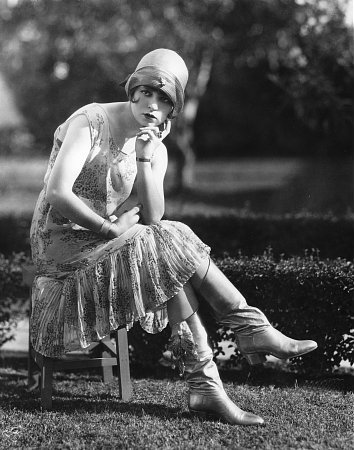
In the aftermath of World War I, flappers are in full evidence in both America and Europe. Youth live like there is no tomorrow, especially the flappers, women who bob their hair, wear short skirts and makeup, listen to jazz, engage in casual sex, and otherwise flout what is considered acceptable behavior.
Seventeen years earlier, an astute businesswoman, Abigail, had helped sisters, Peaches and Cherry, protect their inheritance from crooked land agents after the death of their mother. Ragtime Dude, Morgan, helped the sisters start lives away from Taos. He introduced Peaches into the New York City art scene and got Cherry a job with a woman minister traveling to Ireland in search of Thin Places.
The sisters have done well. Peaches now owns a gallery in New York that sells paintings by members of the Taos Art Society, which formed in 1915. Meanwhile, Cherry has changed her name to Cherie and settled in Paris where she keeps company with a new generation of artists and writers.
On a visit to the U.S., Cherie learns that Morgan is dying and Peaches insists they go to New Mexico at once. Cherie resists, but Peaches points out that Ragtime Dudes, Morgan and Jack, with wife Abigail, helped them when their mother died. Now it’s time to repay the favor.
Cherie gives in on the condition that Peaches will join her for a night out at a speakeasy that features hot jazz. The next morning, two hung-over sisters board a Pullman car for Santa Fe, New Mexico. Flappers are a rarity in New Mexico and when they arrive in Santa Fe, Cherie gets wolf-whistles from locals.
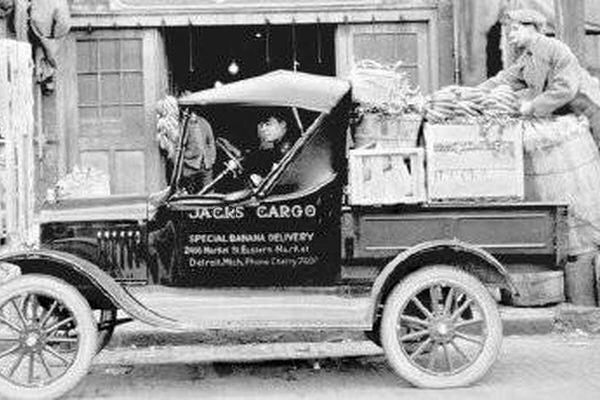
Jack picks them up at the station in his Ford Model-T truck, and Abigail invites Peaches and Cherie to stay in their large Victorian house, where she, Jack, and Morgan live with Abigail’s son, Cyrus. Abigail confides to the sisters that she’s overwhelmed. Besides Morgan’s cancer, Jack is in denial about Morgan’s fate, and Cyrus is suffering from shell-shock—just like the veterans Cherie has seen in Paris. The sisters move in, help Abigail cook and take turns caring for Morgan who is the calmest one of the lot.
Abigail, wealthy for as long as the sisters have known her, has become even more successful and purchased a Pierce-Arrow automobile. She has Cyrus drive her in an attempt to get him out more.
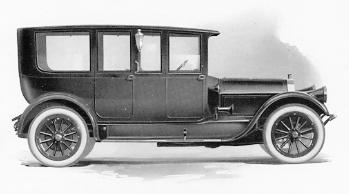
One day, Jack suggests to Cherie that a free-loving flapper might be the cure Cyrus needs. She scoffs at the idea until she witnesses Cyrus’s nightmares firsthand. Touched by his plight, Cherie nurtures him. It’s not long before they fall in love. Abigail expresses concern that once Cherie returns to Paris, Cyrus will be worse off than before. Cherie misunderstands and thinks mother hen wants her out of the picture.
Then Bryce, another friend from the days of ragtime, arrives fresh from studying Theosophy and teaches Morgan to meditate. Morgan experiences a brief rally and asks to be driven to a place in the Taos Mountains he’s always found spiritual. On the mountaintop, the Parisian flapper, the ragtime dudes, and their strange, extended family find themselves at the threshold of a Thin Place.